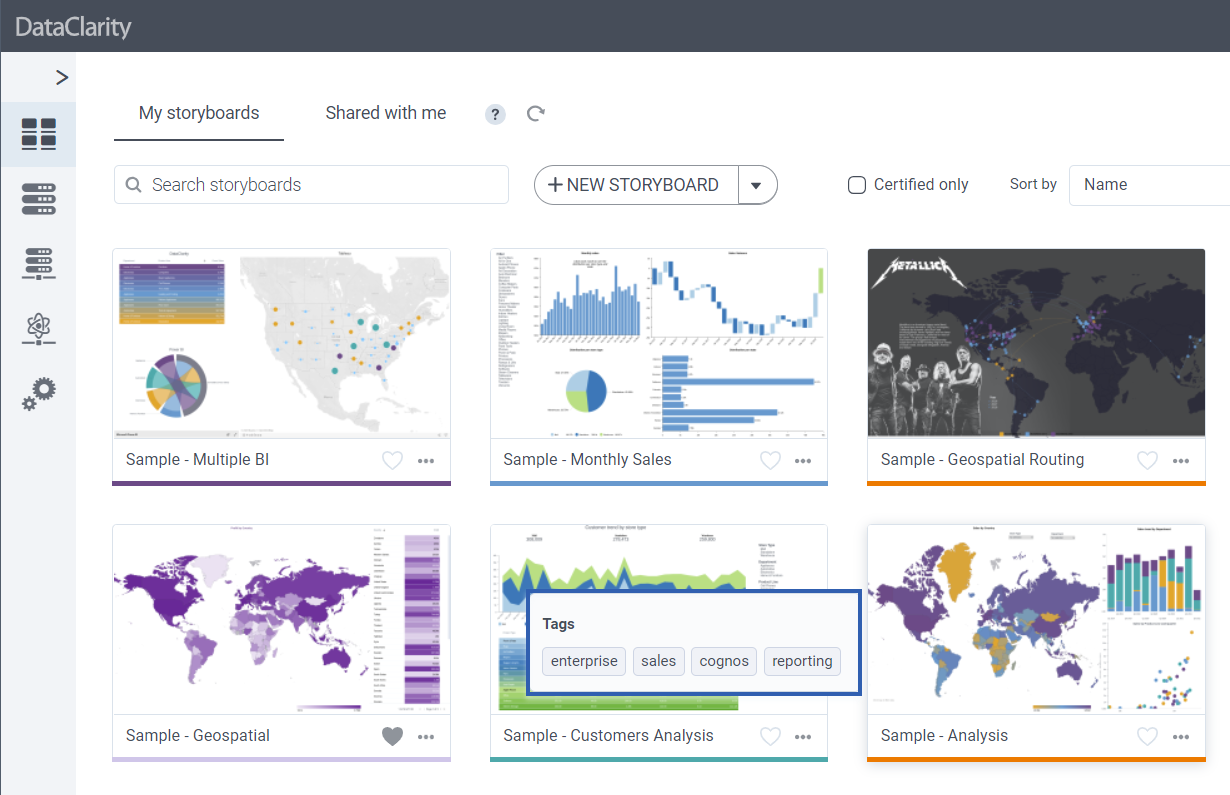Data reflects the organization in which it resides. Unfortunately, most organizations are fragmented into numerous fiefdoms, each with their own data systems, analytical tools, and processes. Unifying this unholy mess requires a large dose of integration. This can be done manually by expensive systems integrators or in a more automated fashion by humans armed with integration middleware. In the analytics space, we call this middleware a “data and analytics integration hub.” Rather than consolidating data, these hubs virtually connect data and models in disparate systems and business intelligence (BI) tools to create a unified view of data for business consumption
This eBook introduces data and analytics integration hubs and shows how they are critical components in a self-service architecture. The eBook explores how this data middleware integrates data, models, and reports that are locked in various data and BI silos, making it easier for business users to gain a comprehensive view of information within their organization and beyond.
This eBook has three chapters
- Chapter One: The Modern Way to Manage Disparate BI and Data Environments.
- Chapter Two: Unifying Disparate Data Sources via Data Virtualization.
- Chapter Three: Unifying Analytics Across Disparate BI Tools.
Related Resources
Videos
- Create your first dataset
- How to explore a dataset
- How to add filters to a dataset
- How to add calculations to a dataset
- How to add a data connection
- How to configure datasets caching
- How to use built-in data science functions
- Get started with storyboards
- Create your first storyboard
- How to share a storyboard
- How to publish a storyboard to web
- How to add interactive visualization filters
- How to add data filters to a visualization
- How to filter visualizations using actions
- How to customize visualizations
- How to add interactivity between widgets
- How to create a path map visualization
DataClarity Releases
- All Latest DataClarity Releases
- All New DataClarity 2023.3
- Discover DataClarity 2023.2
- Meet DataClarity 2023.1
- What’s New in DataClarity 2022.6
- Discover DataClarity 2022.5
- Meet DataClarity 2022.4
- All New DataClarity 2022.3
- What’s new in DataClarity 2022.2
- Discover DataClarity 2022.1
- Meet DataClarity 2021.4 & 2021.3
- All New DataClarity 2021.2
- DataClarity 2021.1 is here
- What’s new in DataClarity 2020.10
- Meet DataClarity 2020.9
- Discover DataClarity 2020.8
- All New DataClarity 2020.7
- DataClarity 2020.6 is here
- Meet DataClarity 2020.5
- Discover DataClarity 2020.4
- DataClarity 2020.3 is Here
- Meet DataClarity 2020.2
- DataClarity 2020.1 Features
Online Help
Solution Briefs
Web Pages
Viz Gallery
Analyst Reports
- Eckerson Group Report: DataClarity Product Profile
- How to Succeed with Self-Service Analytics eBook
- Data and Analytics Integration Hubs eBook
Technical Specifications
Blog Articles
- What’s New in DataClarity 2020.6
- Meet DataClarity 2020.5
- Unifying Analytics Across Disparate BI Tools
- Unifying Disparate Data Sources
- The Modern Way to Manage Disparate BI and Data Environments
- DataClarity 2020.4 is here
- Discover DataClarity 2020.2
- What’s New in DataClarity 2020.1?
- Prepare for Data Preparation
- Fostering a Data Science Culture Throughout Your Organization
Featured Webinars




